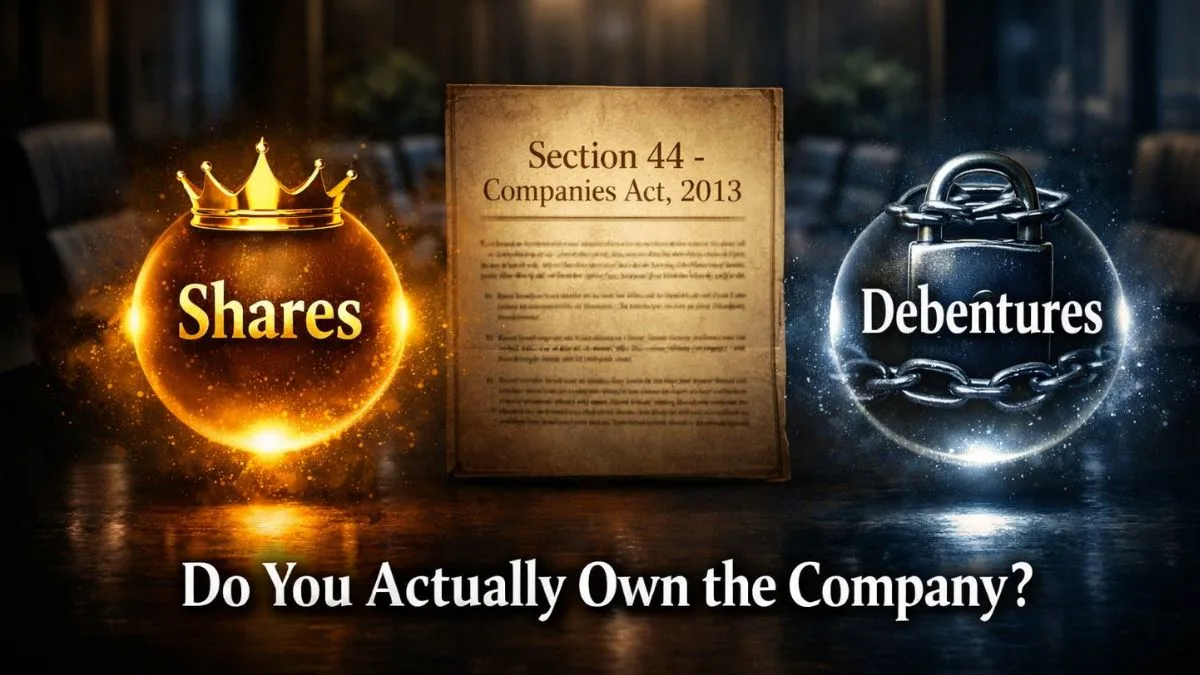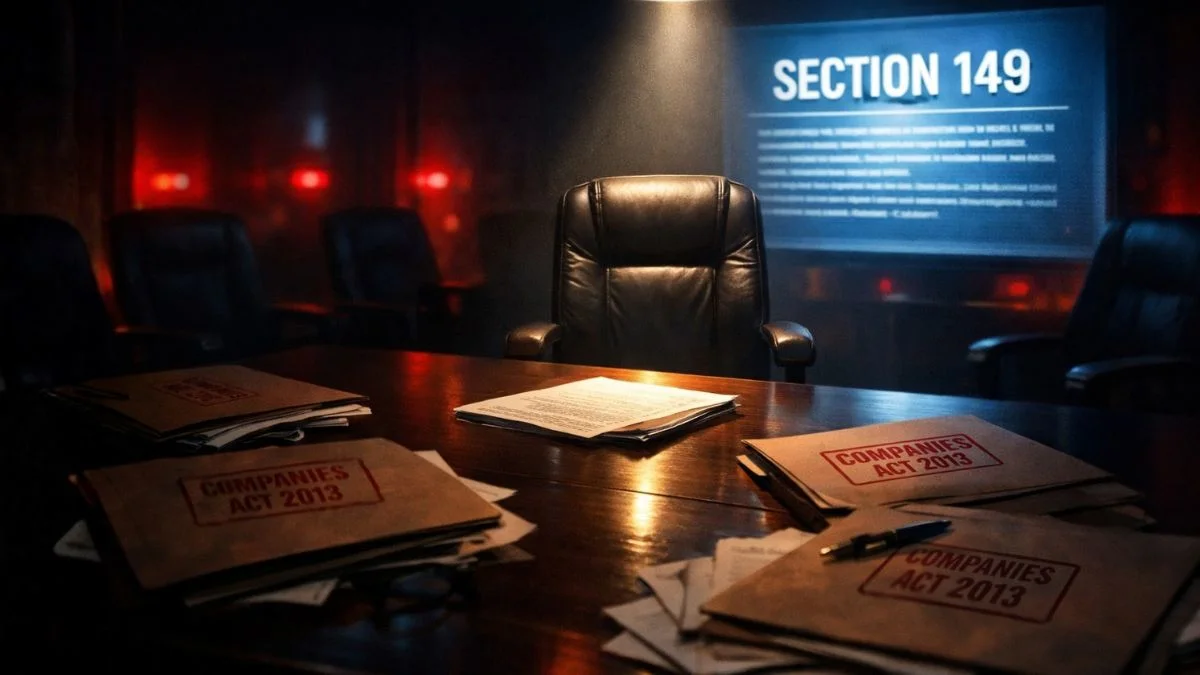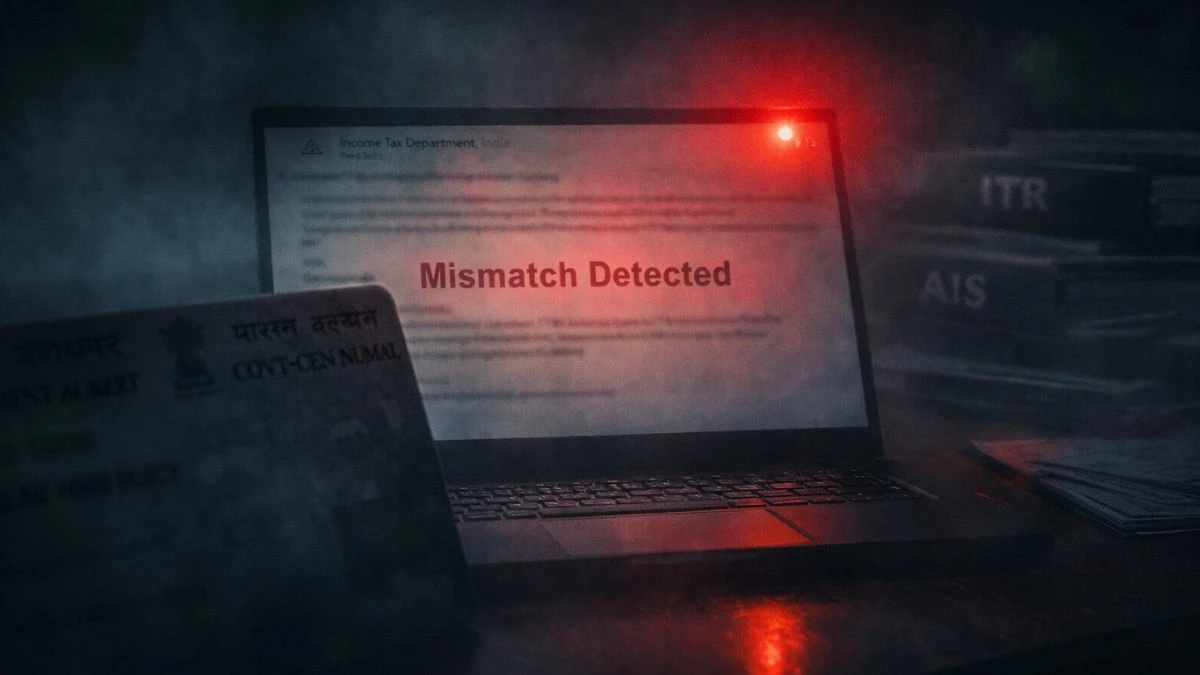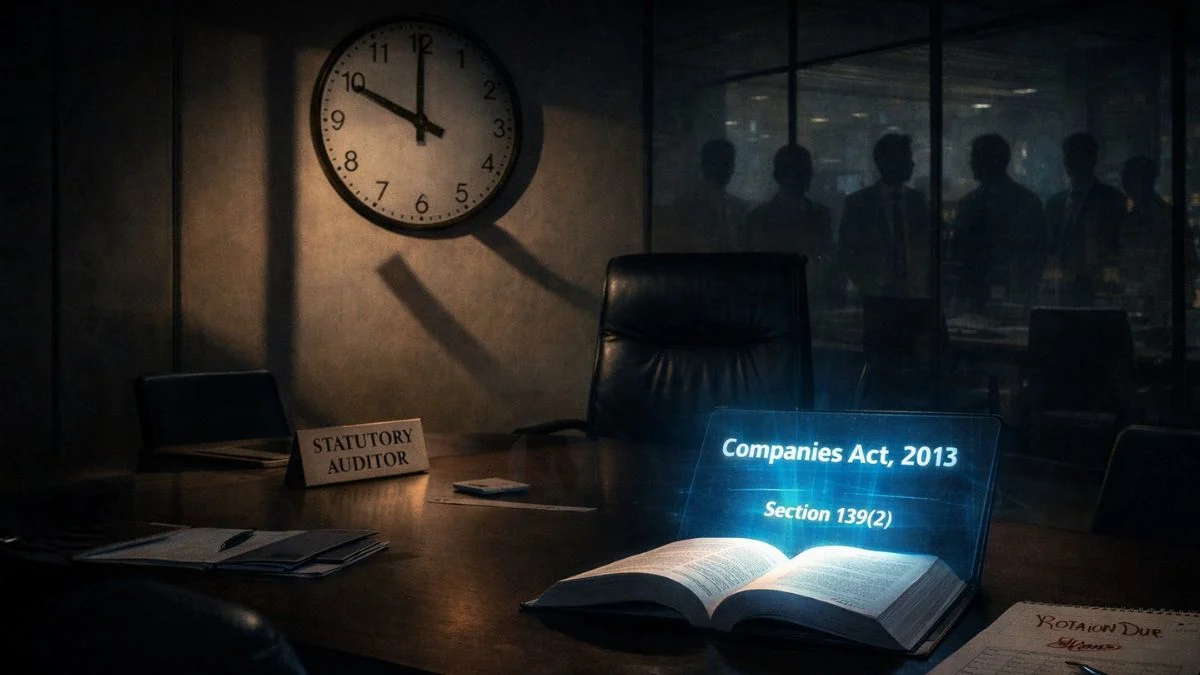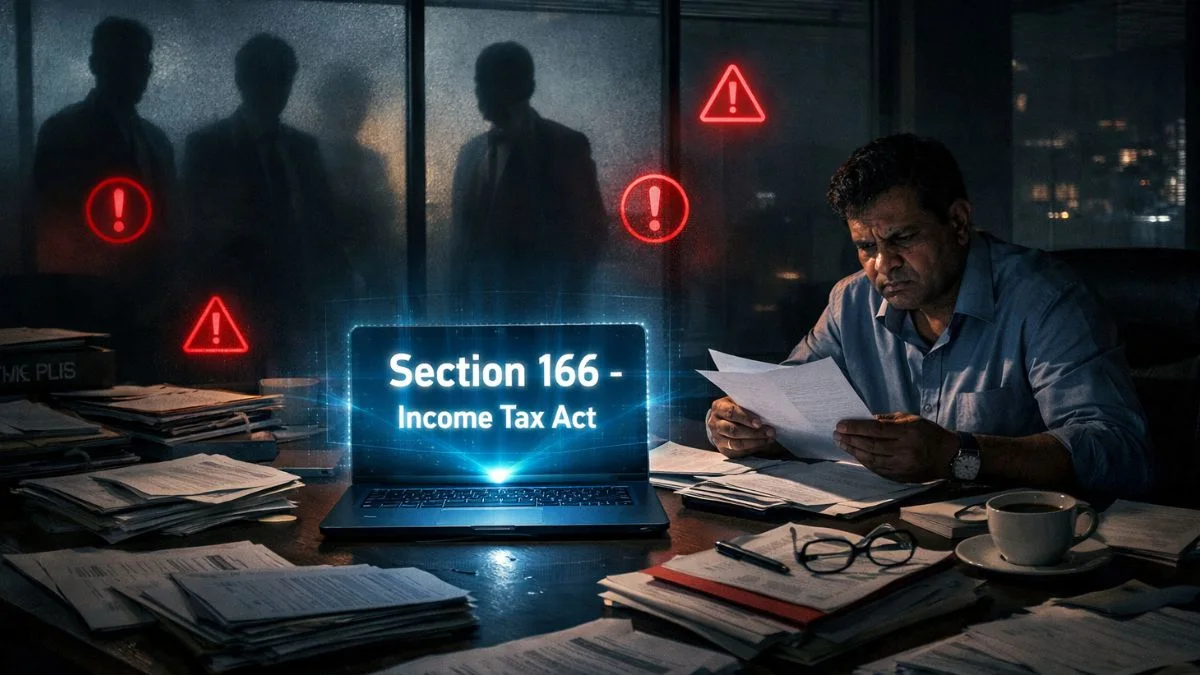
When your income crosses ₹1 crore in a financial year, your Income Tax Return (ITR) process changes significantly. You might be surprised when your Chartered Accountant (CA), who never asked for certain details before, suddenly requests a balance sheet of your assets and liabilities.
If you’re wondering why this is happening, here’s the complete explanation—especially relevant for taxpayers filing their returns for Assessment Year (AY) 2026–27.
The Rule That Changed in FY 2025–26
Until last year, any taxpayer whose total income exceeded ₹50 lakh was required to disclose details of movable and immovable assets, along with liabilities, in their ITR under Schedule AL (Assets and Liabilities).
From this year, the threshold has been increased to ₹1 crore.
That means if your taxable income is more than ₹1 crore, you must report all assets you own & liabilities you owe, as on 31st March 2025.
Why Your CA Needs a Balance Sheet
Even if you are not in business or profession (where a formal balance sheet is mandatory), you still need to furnish asset & liability details in the ITR if your income crosses the ₹1 crore limit.
Your CA is essentially asking for a summary of your assets and liabilities so they can accurately fill Schedule AL.
This isn’t the same as a company balance sheet—it’s a personal asset statement that includes:
- Immovable assets like land & buildings
- Movable assets like jewellery, vehicles, shares, cash, bank balances, loans/advances, artworks, and insurance
- Liabilities such as loans taken to purchase these assets
Reporting Immovable Assets in ITR
For land and buildings, you must provide:
- Description of the property
- Cost of acquisition (not current market value)
- Full address with PIN code
- Whether it’s owned fully or jointly
This includes:
- Properties you purchased
- Properties inherited or received as gifts
- Jointly owned properties
Also Read: India’s Cleanest Dirty Secret: Agricultural Income & Black Money
Reporting Movable Assets in ITR
Movable assets include:
- Financial assets:
- Cash in hand
- Bank account balances (savings, current, FD, RD)
- Shares, securities, mutual funds
- Loans & advances given to others
- Precious items:
- Jewellery
- Bullion, including gold in raw form
- Gems and stones
- Vehicles and luxury assets:
- Cars, bikes, yachts, boats, aircraft
- Even antique or unused vehicles must be declared if still owned
- Works of art:
- Paintings, sculptures, artefacts
- Insurance policies:
- Both term plans & traditional policies are reported (premium paid is mentioned as value)"
Key Point — Cost of Acquisition vs Market Value
While filling Schedule AL, you don’t have to declare the market value of assets. Instead, you report the purchase cost.
For example:
- If you bought a property for ₹60 lakh 10 years ago, that’s the value you mention—even if it’s worth ₹1.5 crore today.
- For inherited or gifted assets, the cost is taken as per original owner’s acquisition cost.
ITR Form Requirement — No More ITR-1
If you have taxable income under Capital Gains (for example, from selling investments or property), you cannot use ITR-1.
In your case:
- Since your income exceeds ₹1 crore
- And you have capital gains from selling old investments
You will need to file ITR-2.
Reporting Liabilities
If you’ve taken loans to purchase assets, these must also be declared.
For example:
- Home loan against a property
- Vehicle loan for a car or bike
- Loan against gold or shares
Only loans linked to declared assets are reported.Also Read:
Also Read: Income Tax Digital Eye: How Your Small Transactions May Trigger a Big Tax Notice in FY 2025–26
As on 31st March 2025
All details in Schedule AL are as of the end of the financial year.
That means:
- Assets sold during the year are not included
- Only assets owned on 31st March are listed
Why This Disclosure Is Important
The Income Tax Department uses Schedule AL to:
- Track wealth accumulation over time
- Detect cases of unexplained assets
- Cross-check with other government databases
- Identify tax evasion patterns
If you fail to report assets truthfully, you may face scrutiny notices, penalties, and even prosecution in serious cases."
Quick Checklist Before You Share Details with Your CA
- List all properties owned (full/part ownership)
- Gather purchase documents for properties and assets
- Note down cost of acquisition for each asset
- Get details of bank balances and deposits as on 31st March
- Include all insurance policies & premiums paid
- Note outstanding loans for assets
- Include jewellery and bullion purchased or gifted
Example: Why This Year Is Different for You
Let’s take your case:
- Past years’ income: Below ₹40 lakh → No Schedule AL required
- This year: Income crossed ₹1 crore → Schedule AL mandatory
Your CA never asked for these details earlier because you weren’t in the reporting threshold.
Now, due to the rule change, they must collect this data to ensure your ITR is accurate & compliant.
Common Mistakes to Avoid
- Using market value instead of cost price
- Forgetting to include jointly owned assets
- Not declaring foreign assets if applicable
- Skipping insurance details thinking term plans don’t count
- Not reporting liabilities against declared assets
Also Read: Home Loan Rates Just Dropped Below 7.5%
Final Word
Crossing the ₹1 crore income mark is a milestone, but it also comes with additional compliance in ITR filing.
If your CA is asking for a balance sheet this year, it’s because you now fall under the Schedule AL reporting requirement.
Providing complete and accurate details will ensure your Income Tax Return is processed smoothly and will help you avoid any future tax notices.
Pro Tip: Always maintain a yearly personal asset register—it makes ITR filing much easier when you cross reporting thresholds.
📞 Need Help Filing Your ITR?
Our team at Callmyca.com specializes in ITR filing for high-income earners and ensures compliance with all Schedule AL requirements. Get expert help to avoid errors and penalties.


